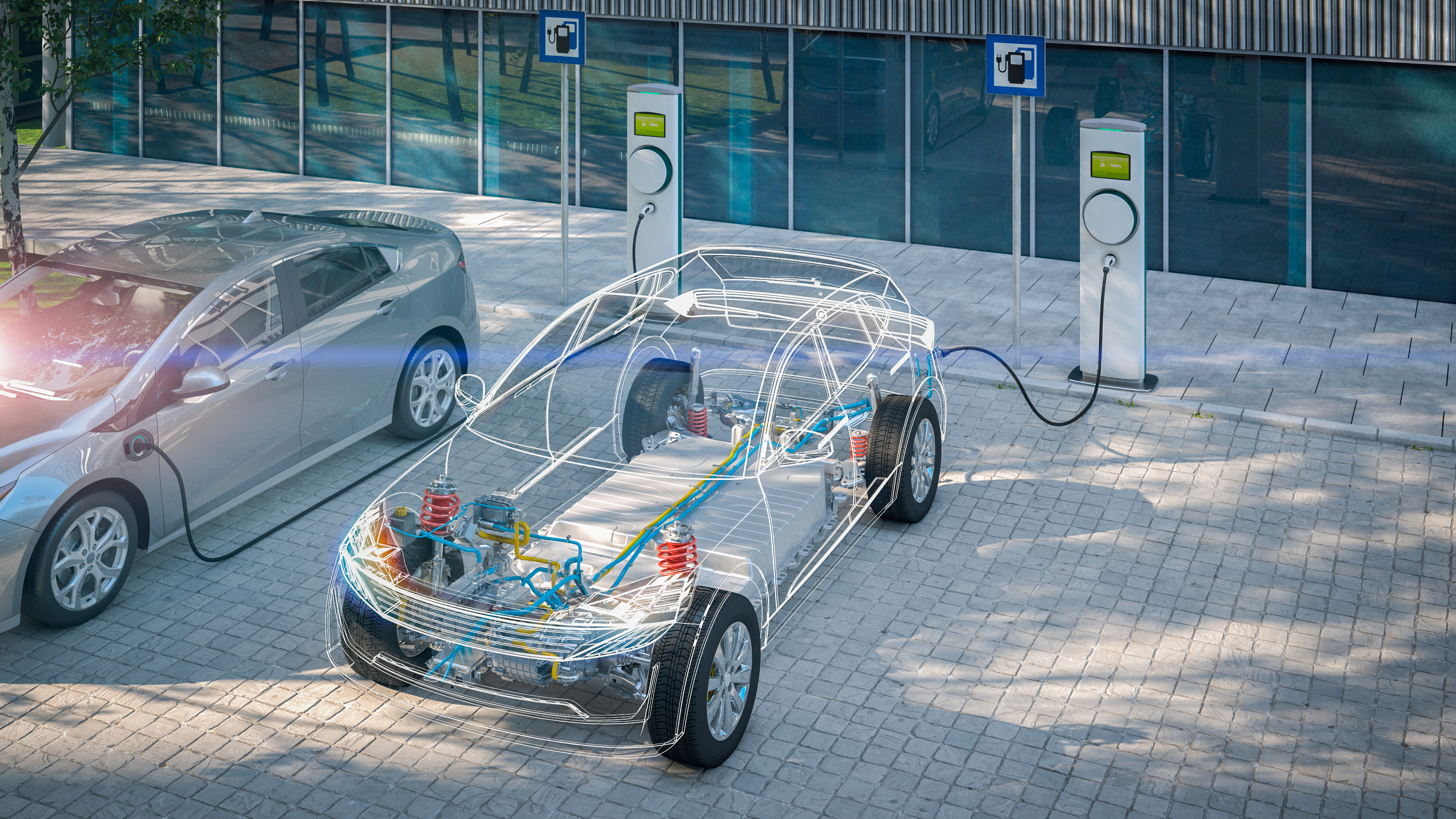Distributed generation brings energy production closer to consumers, providing many advantages, for example, energy communities.
What is distributed generation?
Traditionally, electricity in Spain and in the world is generated by large centralised power plants located far from consumption centres and is subsequently transported over high- and medium-voltage lines spanning distances of hundreds of kilometres until reaching the end user. This type of system is known as Centralised Generation.
This is due mainly to economic, safety, and environmental factors that require situating the facilities near the source of the energy resources. For example, hydroelectric power plants have been built on large reservoirs, wind power generation is carried out on extensive areas of land with large wind turbines, and fossil-fired thermal power plants are built far from consumption centres for environmental pollution reasons.
Since the inauguration of the world's first power grid, attempts have been made to find a different form of generation whereby humans could generate and consume their own energy at nearby points, without it having to be transported hundreds of kilometres. However, this solution was not profitable for many decades.
Distributed generation is currently a reality and is becoming more and more widely accepted, with major advantages. Through it, users generate, consume, and sell energy to the grid.
Distributed generation is the use of energy resources located in small power plants close to demand or at the consumption points themselves.
By generating power very near the point of consumption, power losses during distribution are reduced. For example, electricity or hot water can be generated on roofs of houses, or heat for hot water or heating using geothermal systems installed in building foundations.
Distributed generation is directly related to small-scale photovoltaic or thermal generation in cities and, therefore, to self-consumption in buildings.
In addition to small-scale photovoltaic, thermal, and wind energy generation, we can include distributed cogeneration within distributed generation, in which electricity and thermal energy are generated in the form of steam or hot water, and trigeneration, which also generates cold. This type of generation takes place mainly in industrial centres or in housing districts with local electricity, heat, or cold distribution grids. It is also worth highlighting the new smart grids, which make it possible to respond to fluctuations in energy production and demand on the spot.
What benefits does distributed generation offer consumers?
Distributed generation offers several advantages over centralised generation. From a technical point of view, distributed generation is directly connected to the distribution grid, avoiding having to pass through the transmission grid to bring electricity to the end consumer. In this way, power losses are reduced.
From the system management point of view, electricity self-consumption allows the end consumer to make the most of the energy resource, thereby reducing difficulties between power supply and demand management.
Advantages of distributed generation:
- Less CO2 emissions: Renewable energies are very present in distributed generation, making it possible to generate energy with low CO2 emissions. In this way, households can be sustainable when they consume electricity.
- Reduces loss in the power grid: By being closer to the consumer, transmission grids are shorter, which implies lower energy losses in the transport of electricity from generation to the consumer, which represents savings for the system.
- Greater reliability and quality of the electricity system: In distributed generation, different sources of power generation, or facilities, work together, giving the system greater stability and reliability.
- Access to renewable and local energy by the general public: Thanks to these models, consumers can access locally generated renewable energy. This makes it possible to supply electricity in isolated areas and far from the power grid.
- Cost savings: On the demand side, consumers can reduce electricity costs and, on the supply side, technical system management costs are reduced, since there are fewer electricity flows in transmission and distribution.
We are evolving from a pyramidal one-way model formed by centralised generation, transmission and distribution, commercialisation, and consumption, to a new organic two-way model that combines centralised generation and distributed generation and accumulation, and where end users will actively manage their own demand, being more responsible for how they generate and consume their energy.
What are solar energy communities?
An example of the different options of distributed generation would be the design model of energy communities in urban areas.
Solar communities consist of a group of self-consumers who make the most of electricity produced by solar panels installed on roofs of buildings within the area. They are protected by the regulatory change made in 2019 which allows supply points located within 500 metres to connect to the generator. In this way, households, schools, shopping centres, and big-box stores can connect to self-consume and enjoy 100% renewable electricity.
To this end, the photovoltaic facility feeds the electricity it produces to the grid and it is virtually distributed among the self-consumers.




